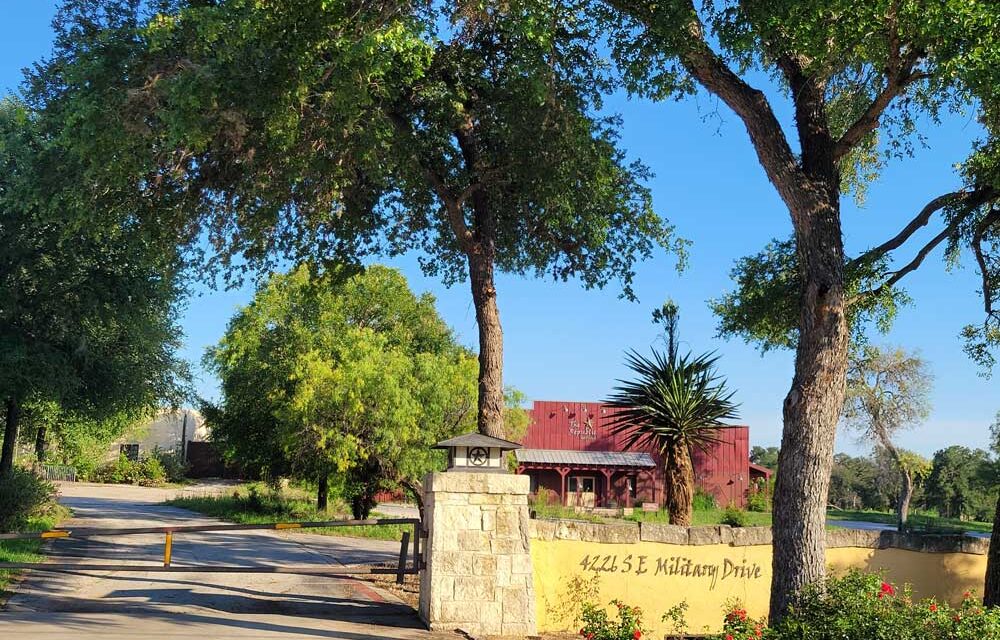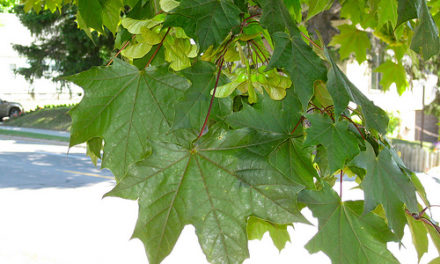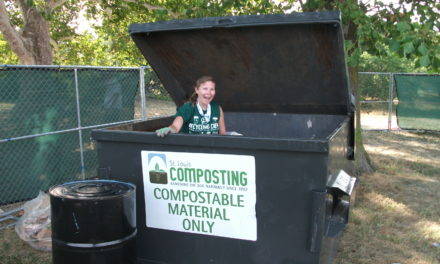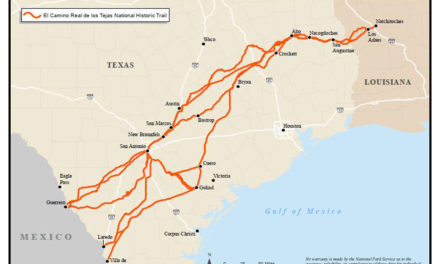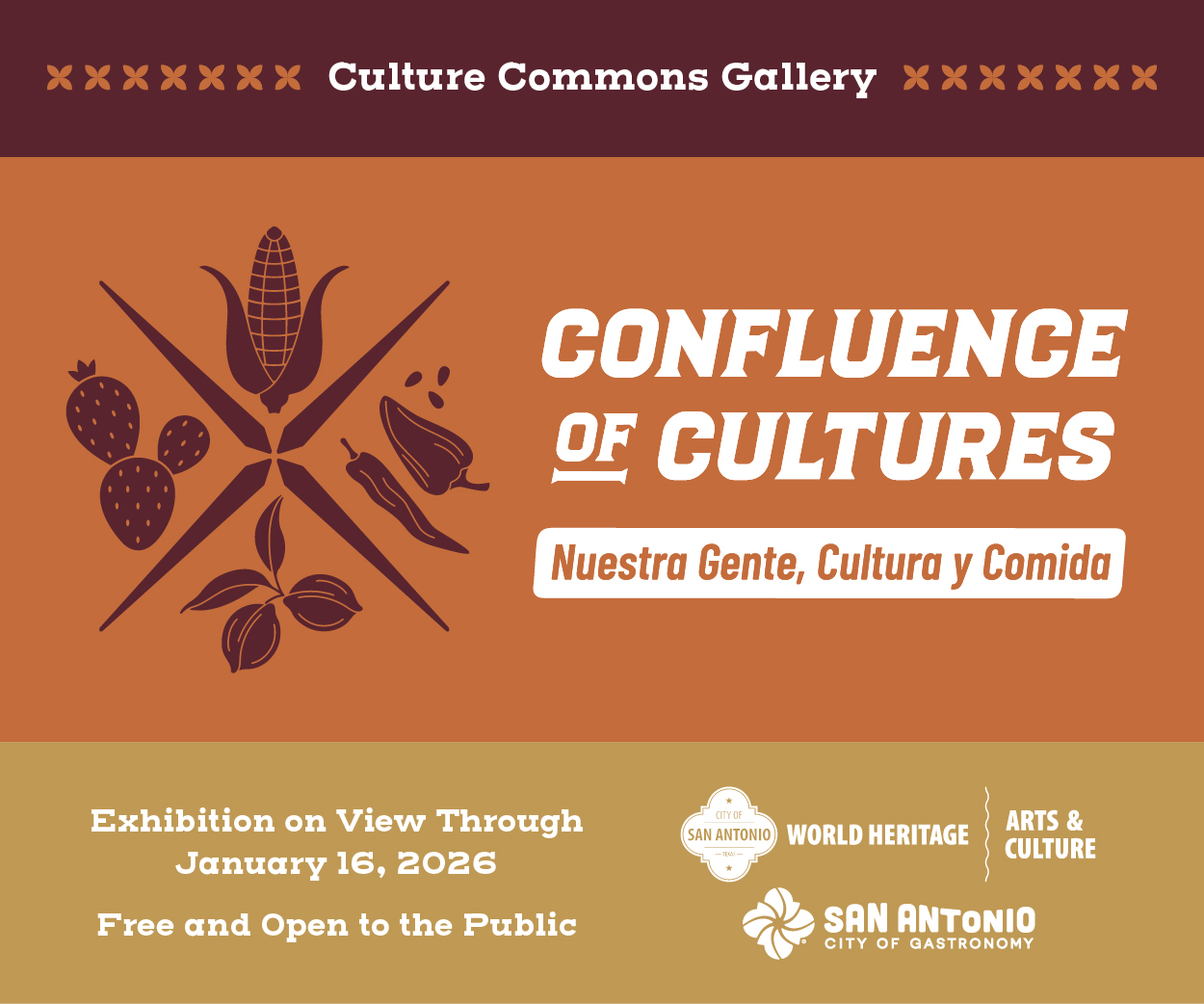Article and photos contributed by
Rachel Cywinski,
Life Member of Native Plant
Society of Texas
The selection of the site for Arboretum San Antonio–along Salado Creek just upstream of its convergence with the San Antonio River–and its focus on native trees, is driven by social equity more than any other consideration. Henry Cisneros, former San Antonio mayor and past Secretary of Housing and Urban Development, recently focused his attention on development of a “world-class arboretum” in Southeast San Antonio and rapidly gained support of a diversity of community leaders and funding allocated by Bexar County Commissioners. The mission statement of Arboretum San Antonio (ASA) is to “create momentum to establish a special place to celebrate our heritage through native trees”.
Jaci Randel, Executive Director of Bexar Branches Alliance, said, “The creation of the Arboretum San Antonio on the south side of the city, dedicating 188 acres to trees in one of the most vulnerable parts of San Antonio, is an Important environmental, educational, and economic resource for that part of our community.” Bexar Branches Alliance (BBA) is a data-driven nonprofit organization that focuses on communities and current climate reality using themes of heat island, social vulnerability, and equity.
With the acquisition of 18 acres of the defunct Republic Golf Course and lease of 170 acres that Brooks Development Authority purchased for the project and matching City of San Antonio funds, ASA directors and advisors are donating their own skilled work as they prepare to aggressively pursue creation of a master plan.
Site selection criteria was developed by J. Rodolfo Valdez Barillas, Associate Professor of Biology in the Department of Life Sciences of Texas A&M University San Antonio.
Several sites with existing conservation easements in flood plains attracted ASA leadership but their restrictions prohibit the quantity of impervious surface cover that ASA directors intend to add for a parking lot.
Valdez Barillas said, “I believe the golf course was the best in terms of existing infrastructure, the best site.” He added that the highest current priority is securing access to recycled water.
Valdez Barillas also provided expertise on developing a tree plan with integration of soil characteristics, emphasizing that “native” trees cannot be considered as separate species but must be understood as tree habitat “plant communities and plant associations such as juniper-oak forest which have historically grown better together.
“Some of the existing forests in Texas took hundreds of years to create and those trees grow together through a process and through the underground interconnected network of microbes which may select one plant over another.”
Valdez Barillas expressed his vision of “a legacy of promoting development of canopy where we have lost so much; as a living monument, as a legacy of what really matters; what we can leave for grandchildren, an answer to this development fever we have in San Antonio,” and simultaneously “a legacy of honoring our obligations to protect the Edwards and Carrizo Aquifers, a beautiful resource for scientists to provide trustworthy research, and to provide a neutral place where people of all cultural backgrounds can celebrate and experience the therapeutic benefits of trees.”
Valdez Barillas noted the unique characteristics of the Arboretum site at the confluence of four ecoregions, and the great long-term benefit to wildlife when understory forms.
Re-establishment of riparian forest in areas where soil has been degraded requires human patience. The process of succession in which the first species establish the microbial environment and lower the nitrogen level–if there is surplus nitrogen—is essential to establish the microbial environment in which other species thrive. Native trees will then establish in successive habitats.
Randel said, “Trees help clean our air and water, cool our climate, are good for both our mental and physical health, and can help provide food sovereignty to communities by strategically planting fruit, nut, and other edible varieties that are appropriate for that area.
“Trees can play an important part in making our most vulnerable communities safer, healthier, and cooler through their many benefits.”
Tom Corser will be leading the planning process. Corser completed a leadership training program to assist the United Way of San Antonio in providing leadership to area not-for-profit organizations. Corser, a Texas A&M graduate, retired from a career in technology with Jupiter Networks two years ago. He continues to serve as vice chairman of the ASA board of directors while also now being employed as chief executive officer.
Corser said the master planning consultants will be selected based upon commitment to developing the native plant destination that is best for South Texas, best for that part of San Antonio and best for all the people of San Antonio.
Corser envisions the Arboretum “as equity driver, an important and verdant and attractive asset on the Southside; large-scale open-to-public facility where people can revere trees from the San Antonio region; a place of quiet repose, learning, place of enjoyment for people of all ages.”
The vision of ASA is: “Our Trees: A living heritage branching generations”.
City of San Antonio Arborist Mark Bird, who grew up amongst the trees along Salado Creek in Fort Sam Houston, emphasized that ASA will be “unique to San Antonio.”
The future main entrance of Arboretum San Antonio will be accessible to pedestrians and bicyclists from the Salado Creek trailhead that opened in 2023; and is served by VIA Metropolitan Transit Authority fixed routes.
Photo Captions: Application of data from the Center for Disease Control and Prevention and from City of San Antonio Sustainability Plan in the My City’s Trees database shows the Arboretum San Antonio site amidst neighborhoods at high risk of potential negative effects caused by external stresses on human health. Map supplied by Jaci Randel of Bexar Branches Alliance.
Map supplied by Jaci Randel of Bexar Branches Alliance.
Arboretum San Antonio purchased the defunct Republic Golf Course for its future main entrance and redevelopment.
Native Plants = Social Equity in development of Arboretum San Antonio
